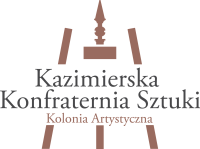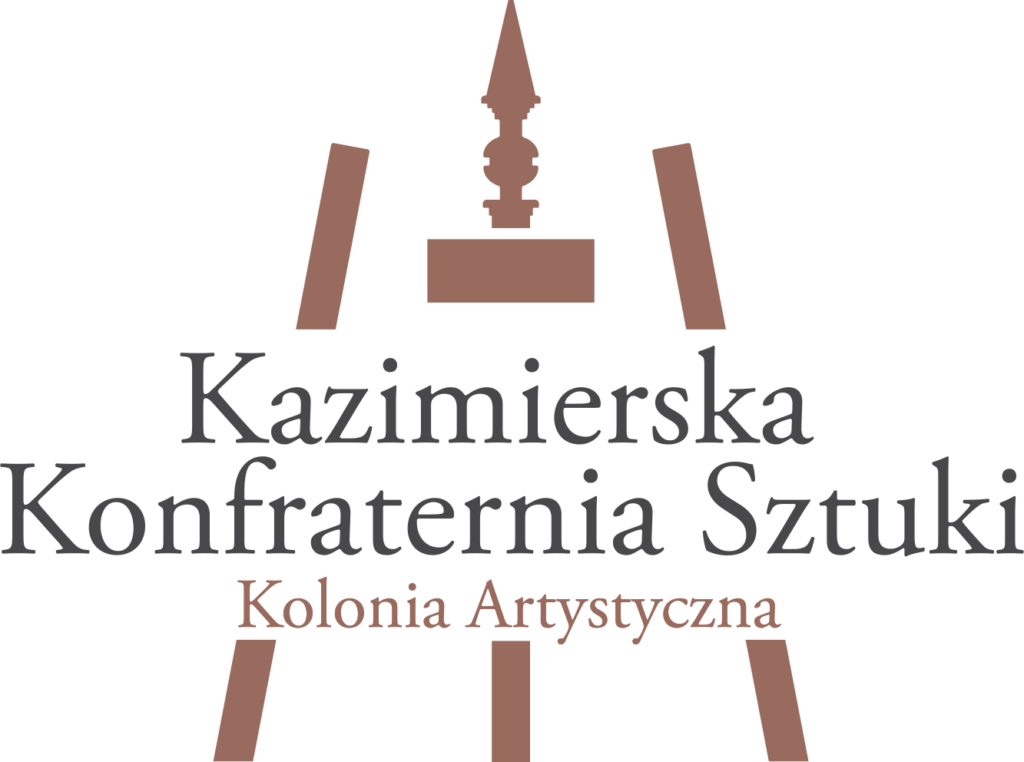About US
What is the Kazimierz Confraternity of Art?
The answer to this question can be many, but the most important one lies in the name itself. Without Kazimierz, the Confraternity would not and could not exist. Because it is Kazimierz, or more precisely, the feeling of connection with it, the need for coexistence in its form (more cultural than geographical) that is practically the only criterion for belonging to the Confraternity. This also gives it uniqueness, as it is neither an association nor an artistic group – there are many of these in many other cities. Here the emphasis is on the place of existence, and above all on participation in the over a century-old tradition of artistic Kazimierz. Almost everyone knows about this town, almost everyone has been here, and yet – paradoxically – the essence of this place is rarely seen, it is not always seen that the identity of Kazimierz is defined by art. Kazimierz is an artistic colony (not only because it is a member of the European Federation of Artistic Colonies with headquarters in Overrijse near Brussels), and this concept is poorly understood in our culture. It was a cultural movement that, at the peak of its apogee at the turn of the 19th and 20th centuries, covered almost the whole of Europe. After World War I, most of them died out (guns killed the utopia). Today, in many places where they once existed, their memory is cultivated, attempts are made to revive them, as in Barbizon, Worpswede, Pont Aven, Murnau, Kronberg, Dachau, Skagen, Ascona, and many others. However, there is no longer the heart of the colonies, no artistic community, no artists permanently connected with these places. It is completely different in Kazimierz. Neither wars nor political changes, nor changes within the art, have interrupted the continuity of the artistic community in Kazimierz. For decades, there has been a constant dialogue of many generations of creators, a dialogue that has produced a very strong, distinctive, and largely autonomous tradition of art in Kazimierz. Here a reservation must be made, art here must be seen more as a process of creation, not a finished work and its implications. This is important because in today’s art, speaking in great simplification, the function of demonstration, and thus of one-time occurrence, predominates, while in Kazimierz, the function of continuity, and thus of duration, dominates. Therefore, the Confraternity does not formulate any programs, does not even try to set frames defining (and thus limiting) its activity. It is an association truly open in every sense of the word, existing for 10 years now, currently counting about 70 members. It is hard to determine their precise number – some leave, others come, as in nature.

